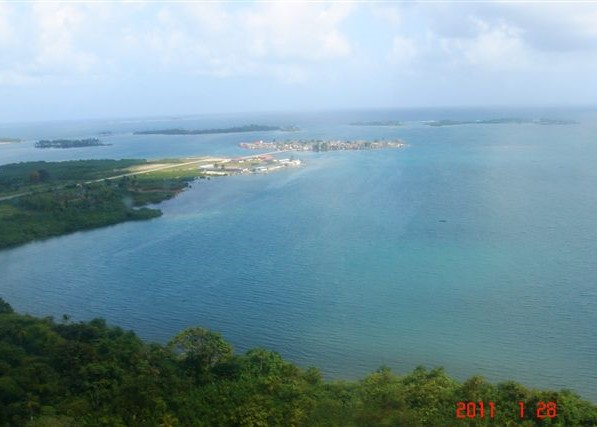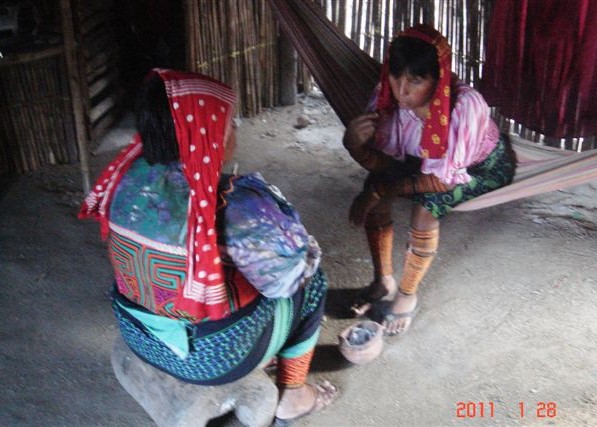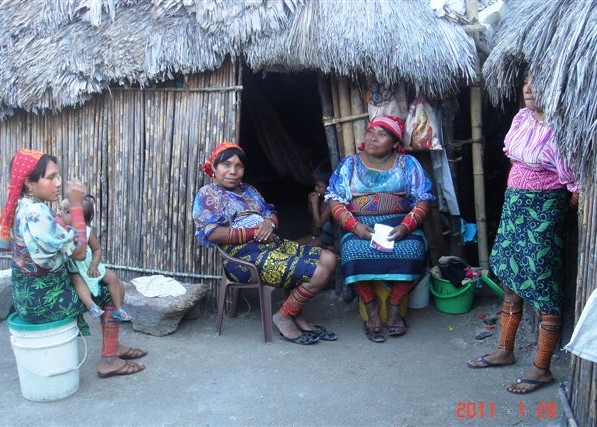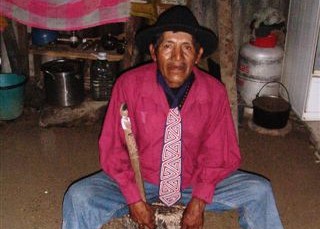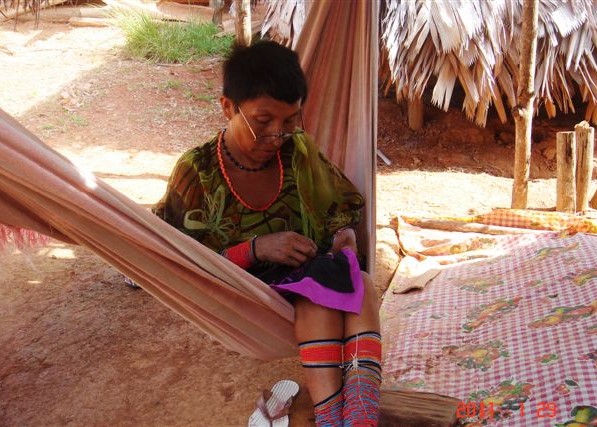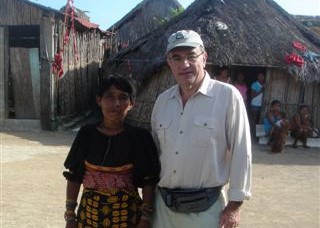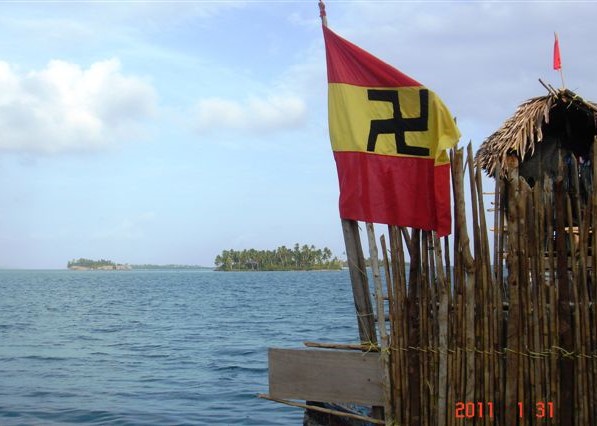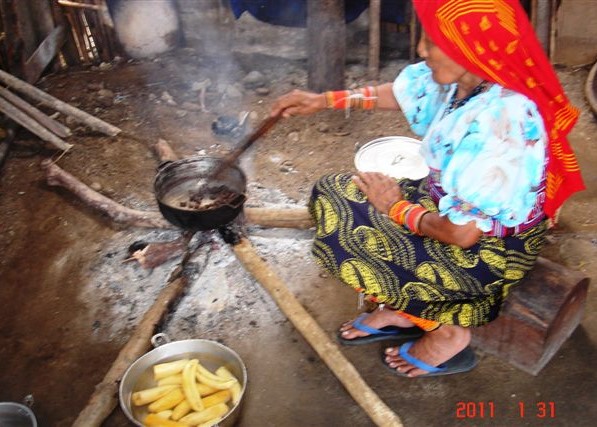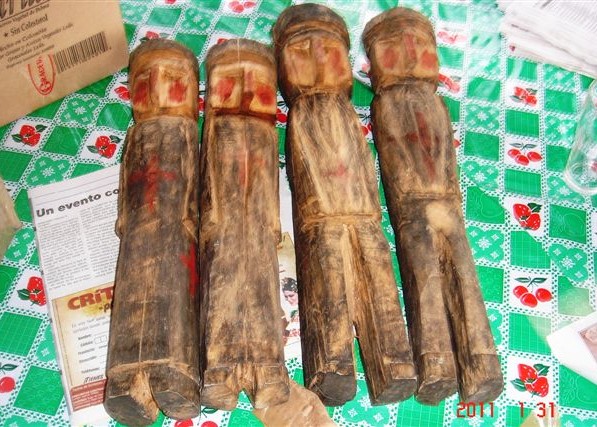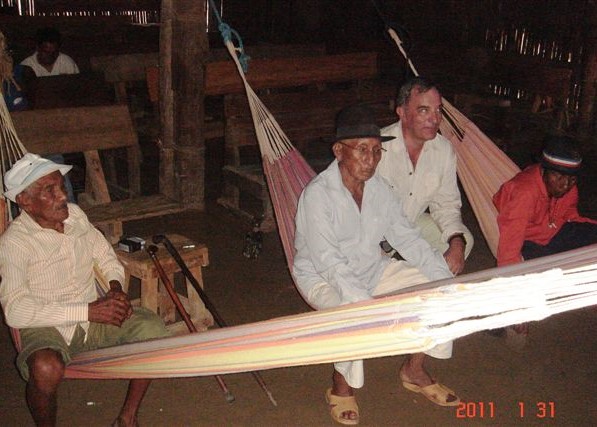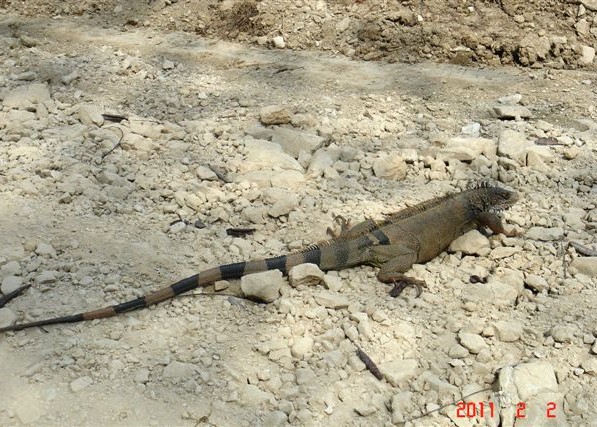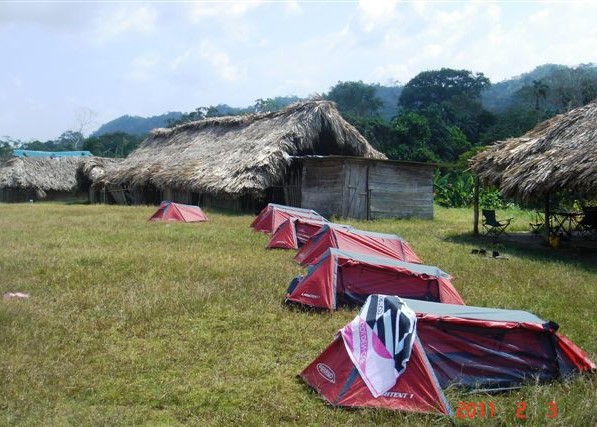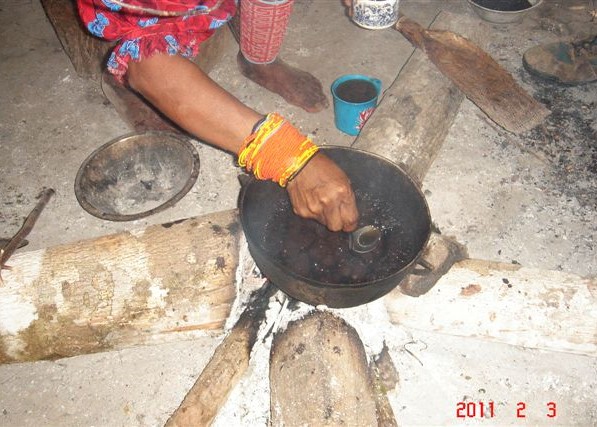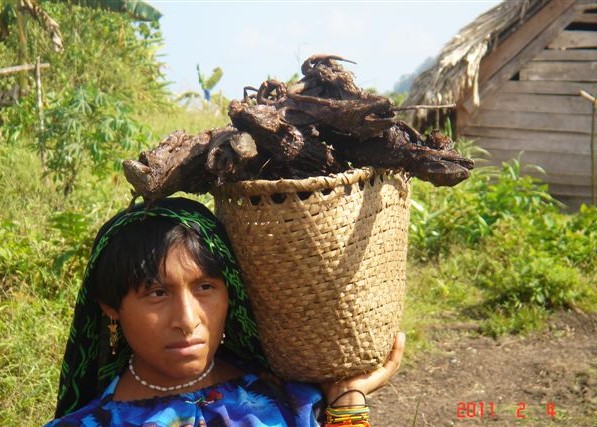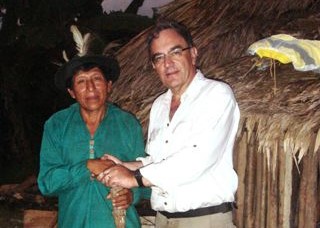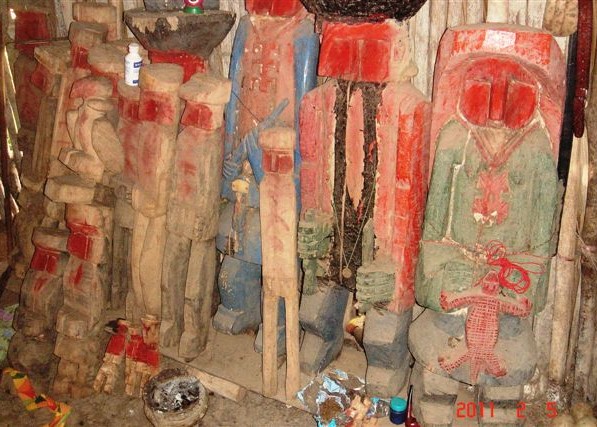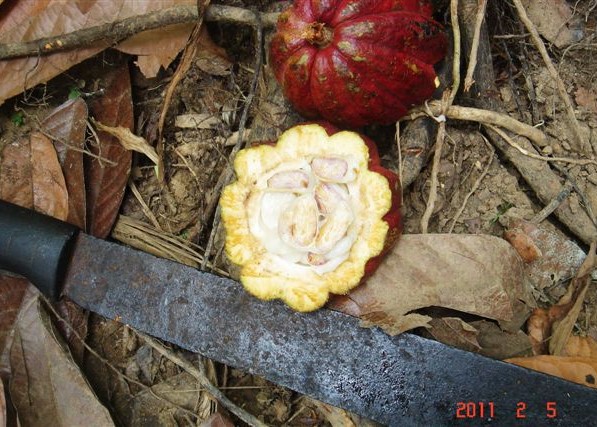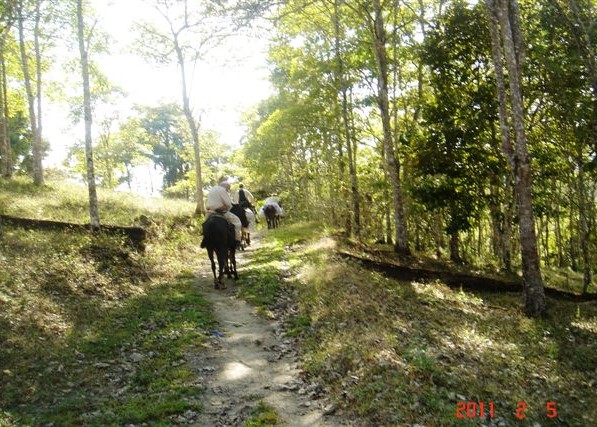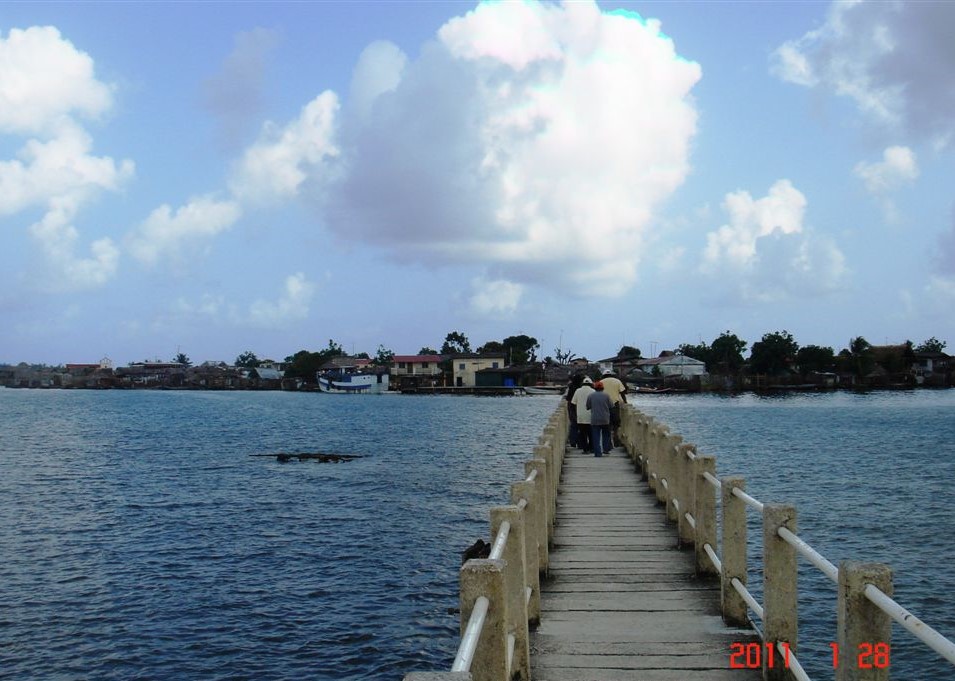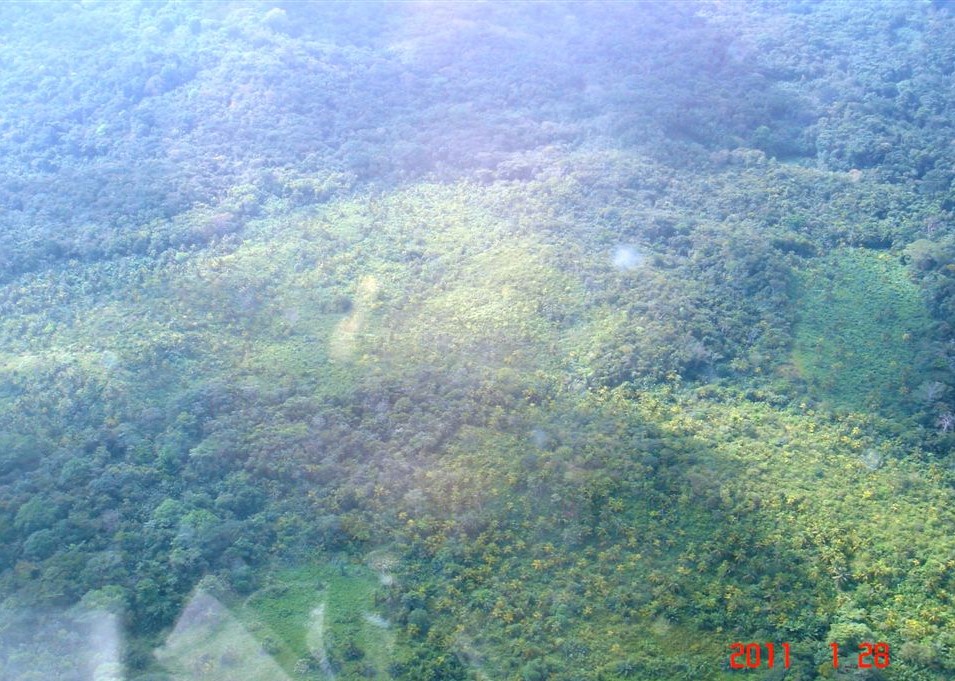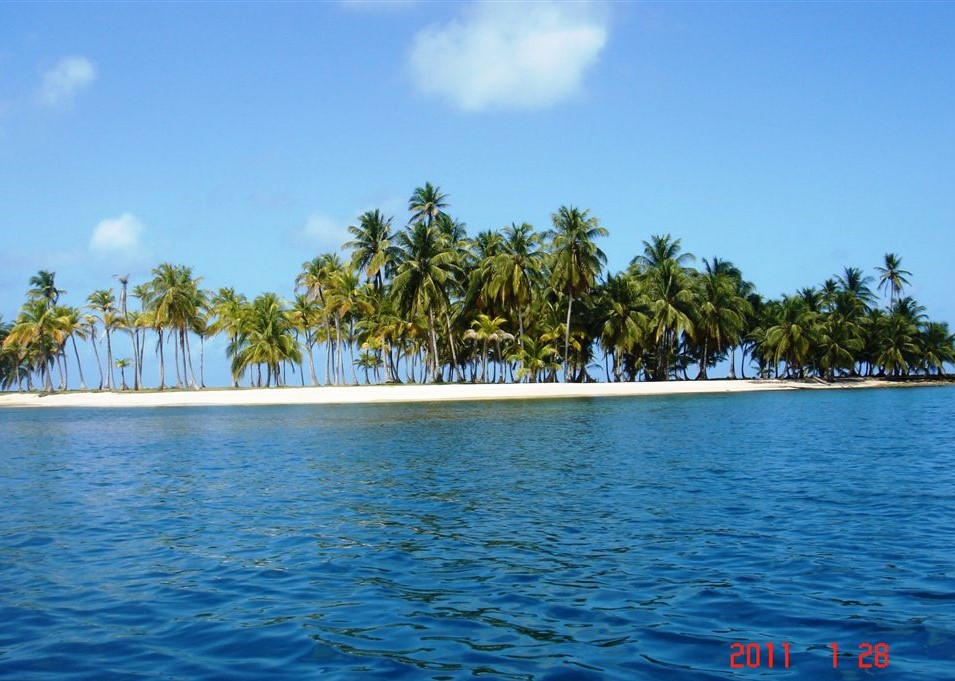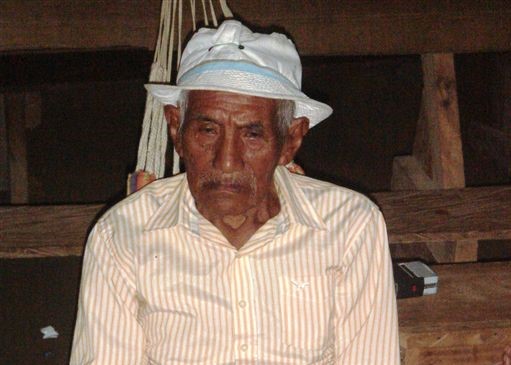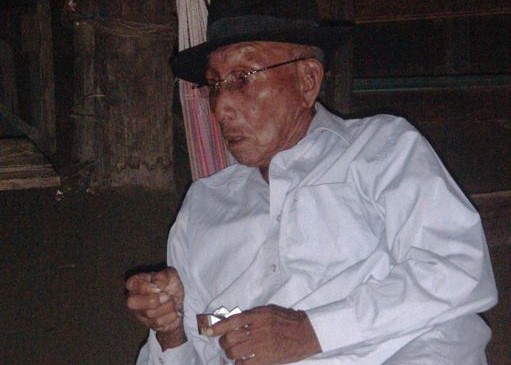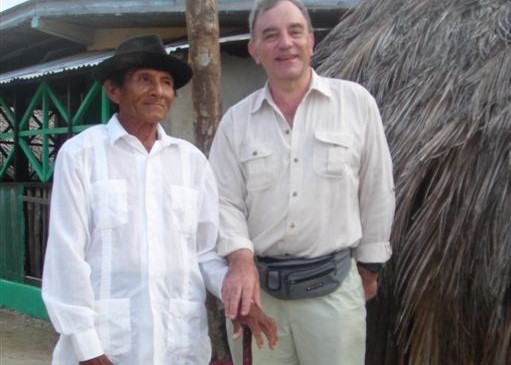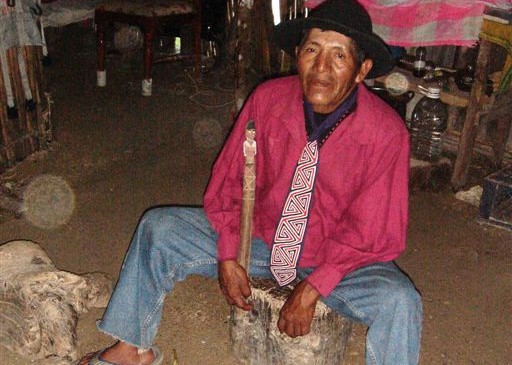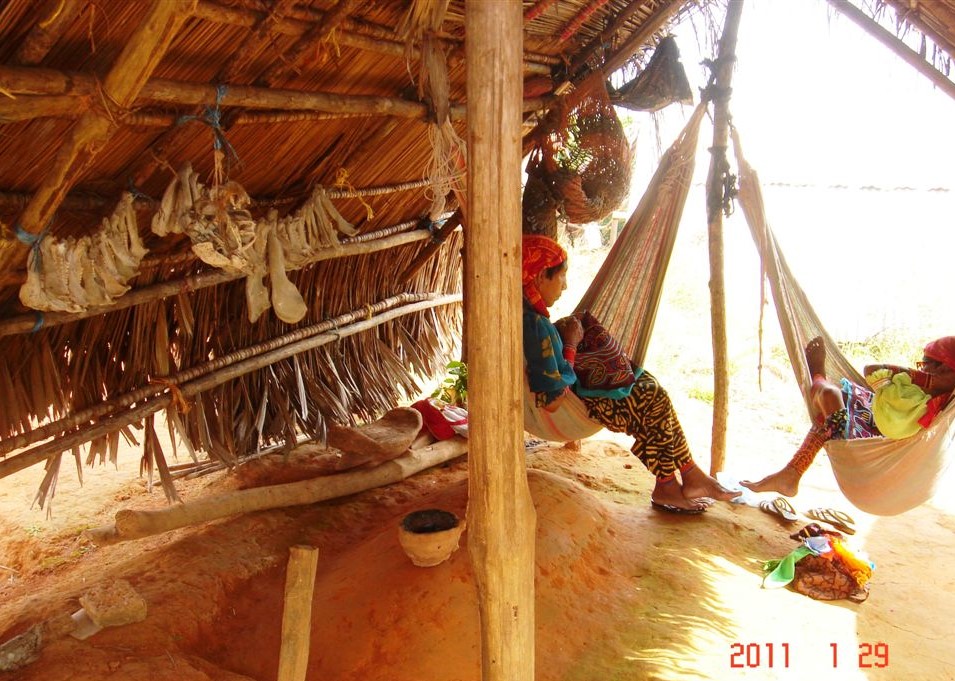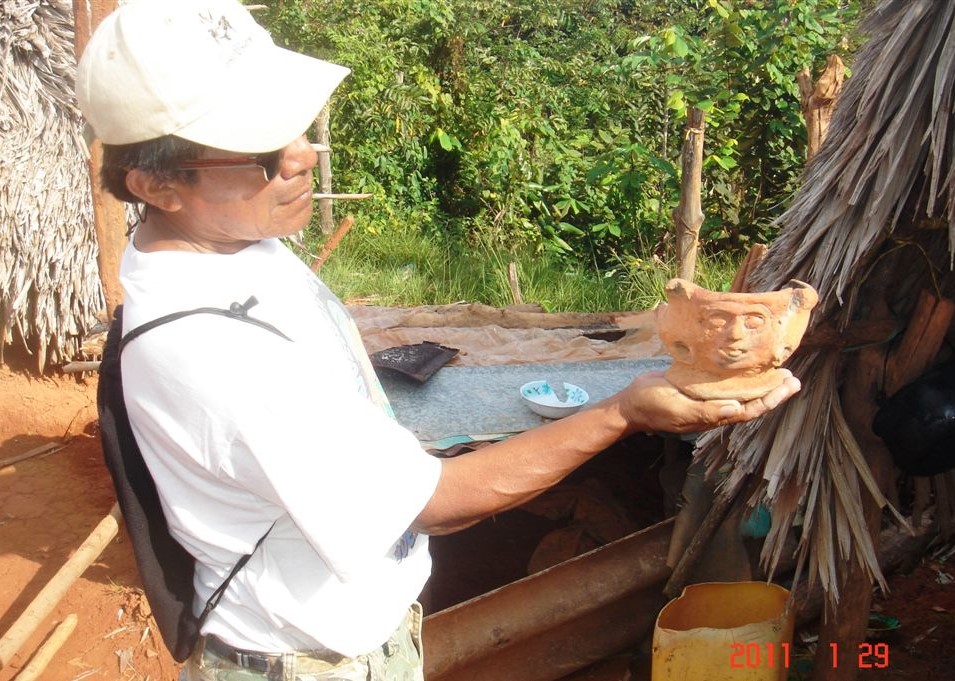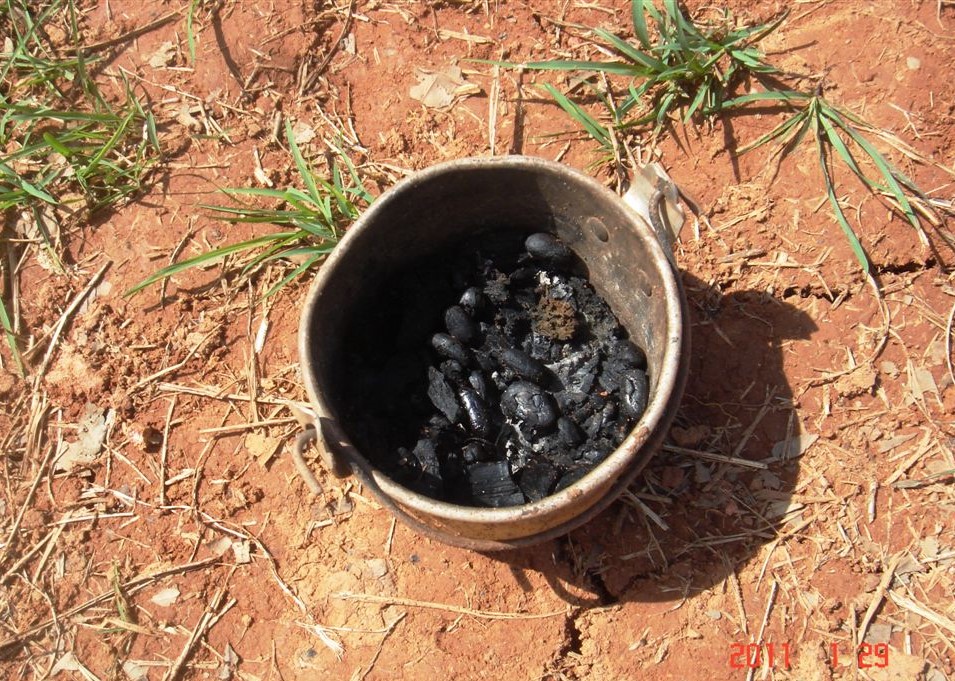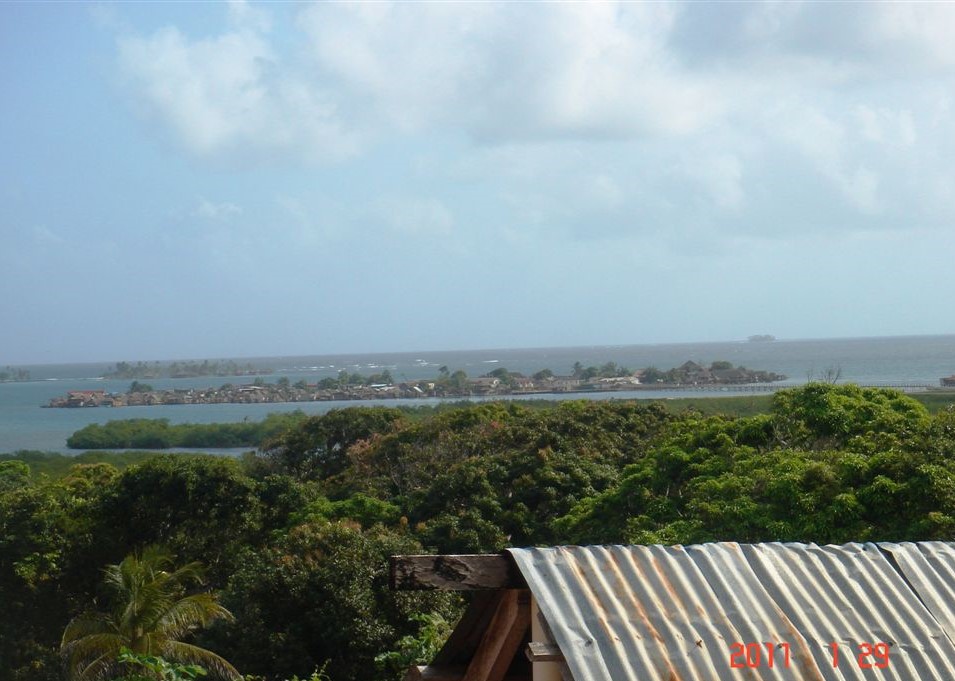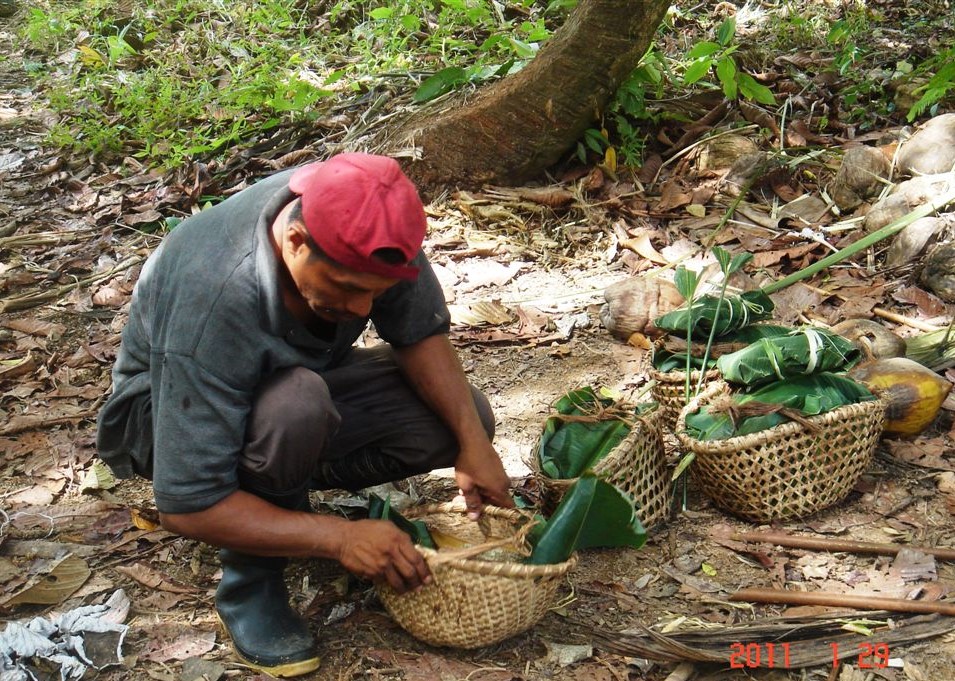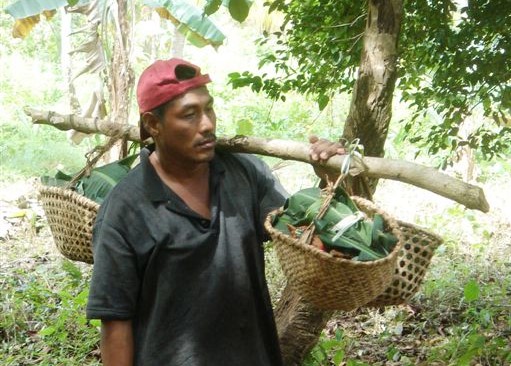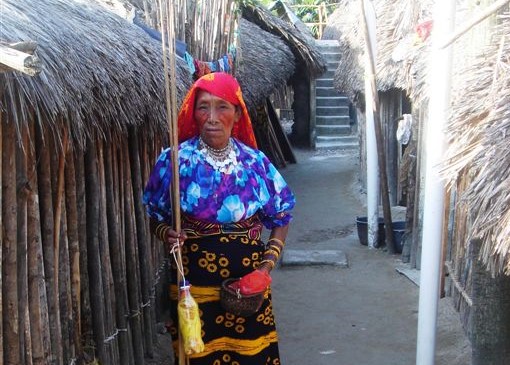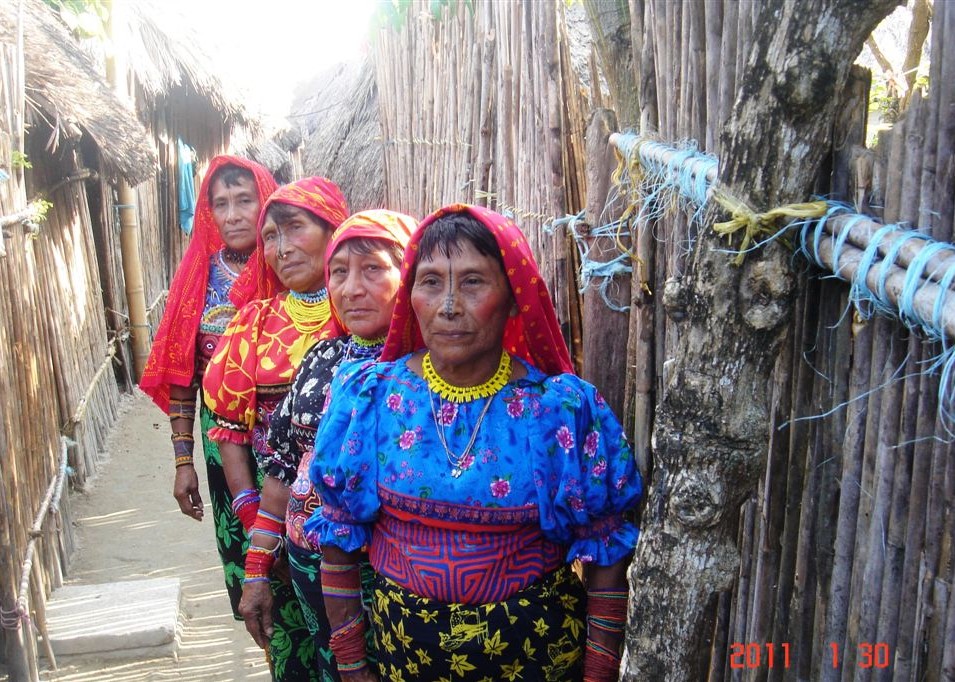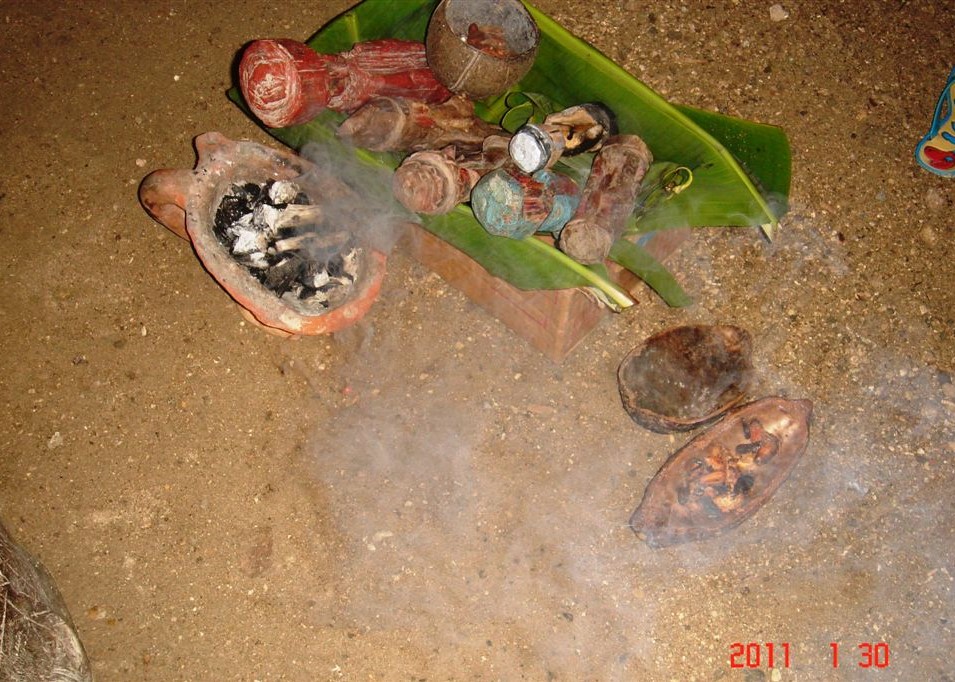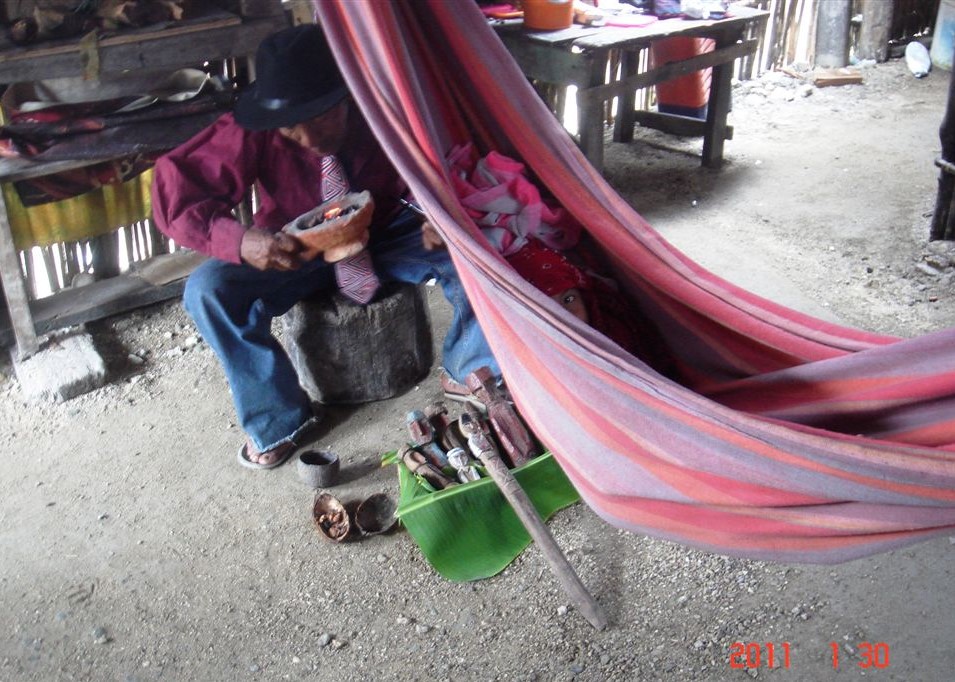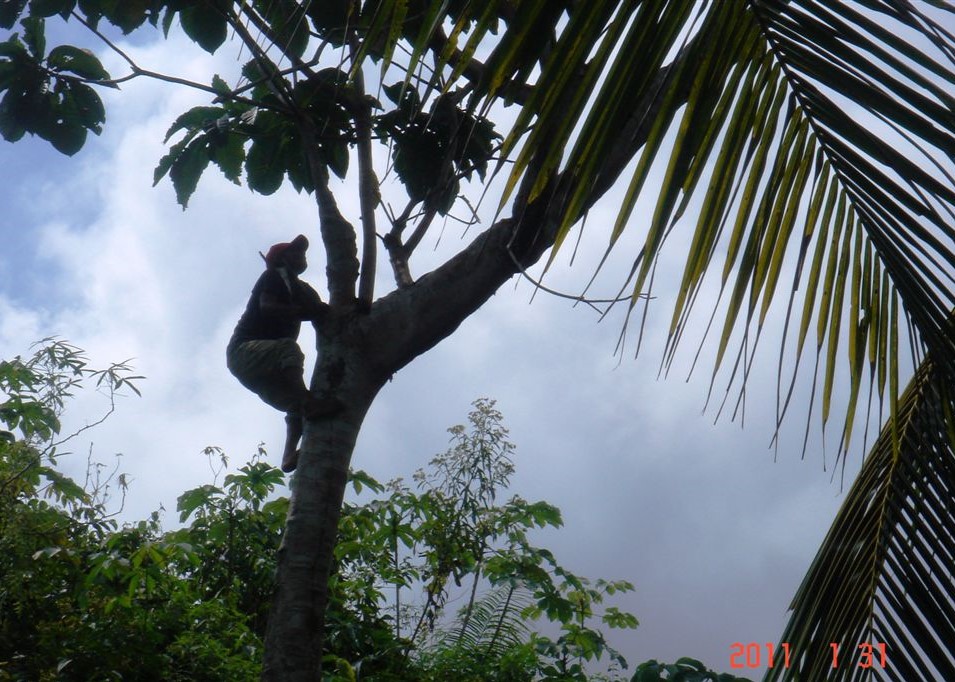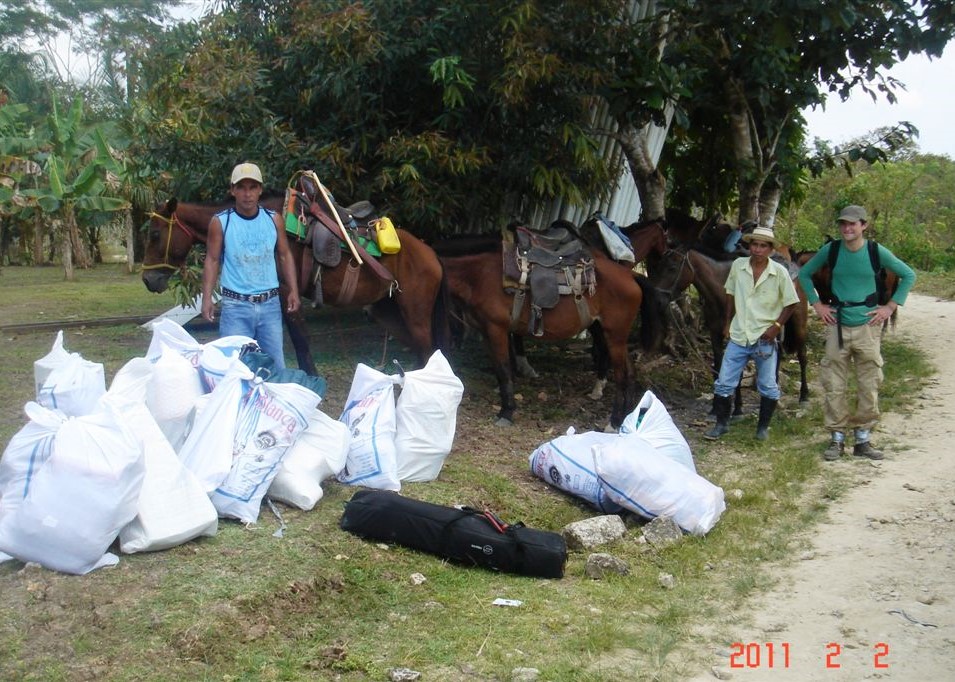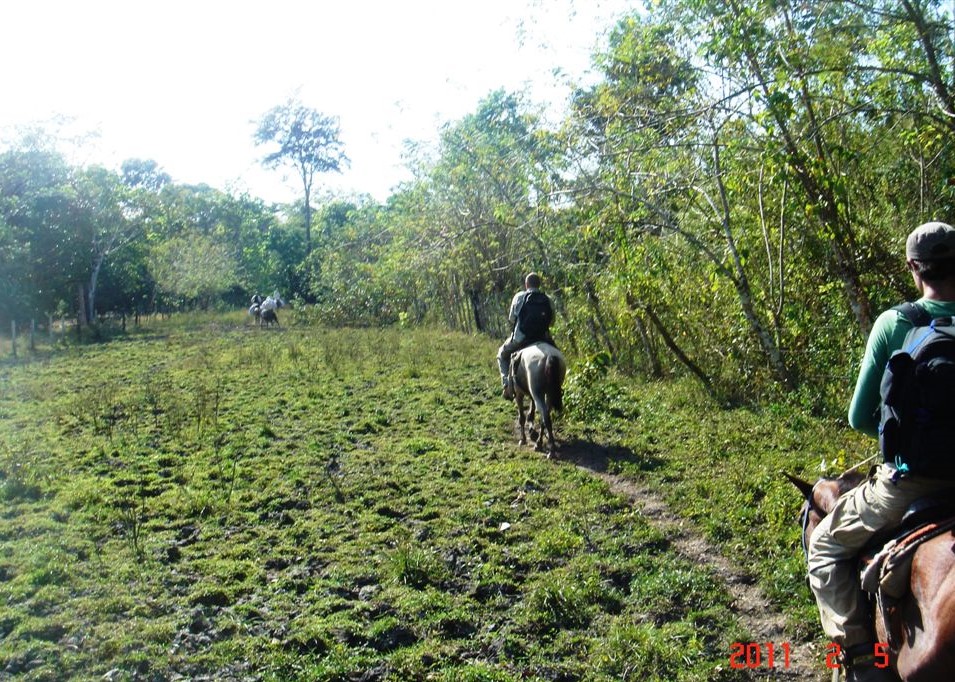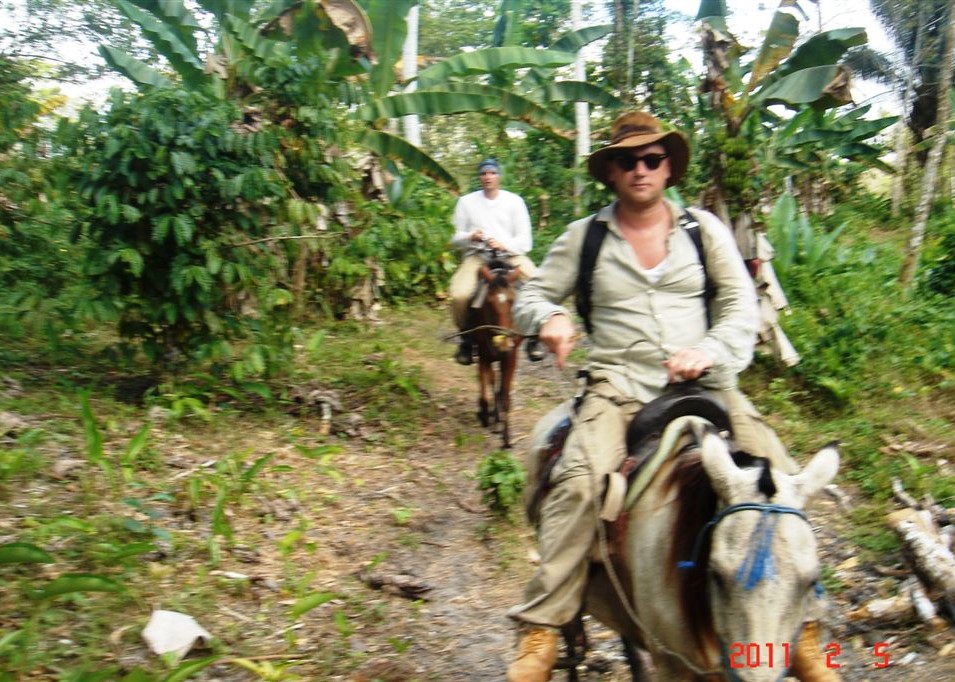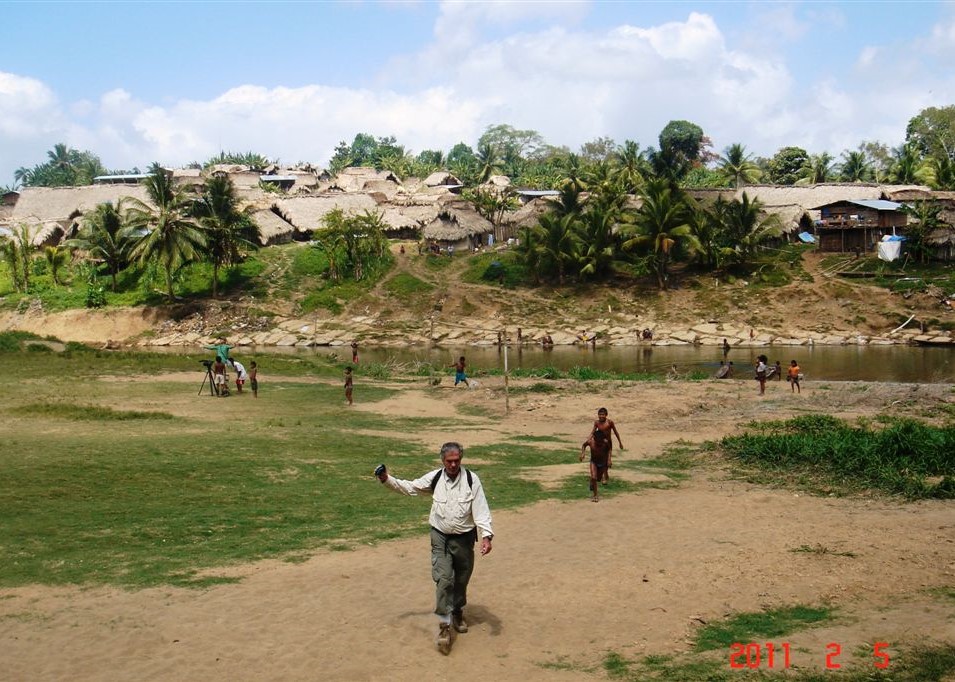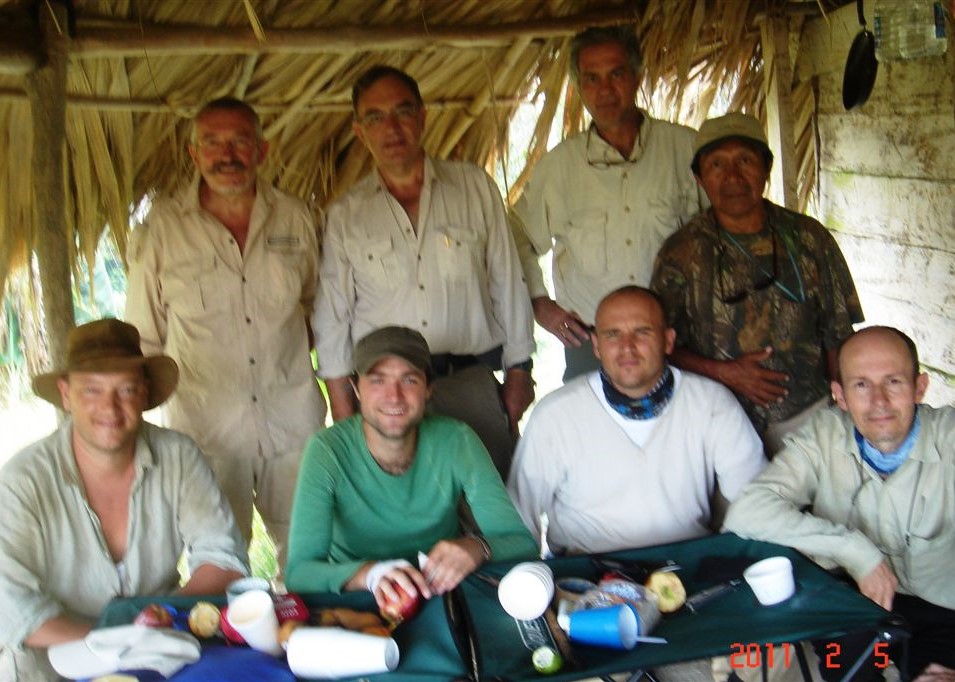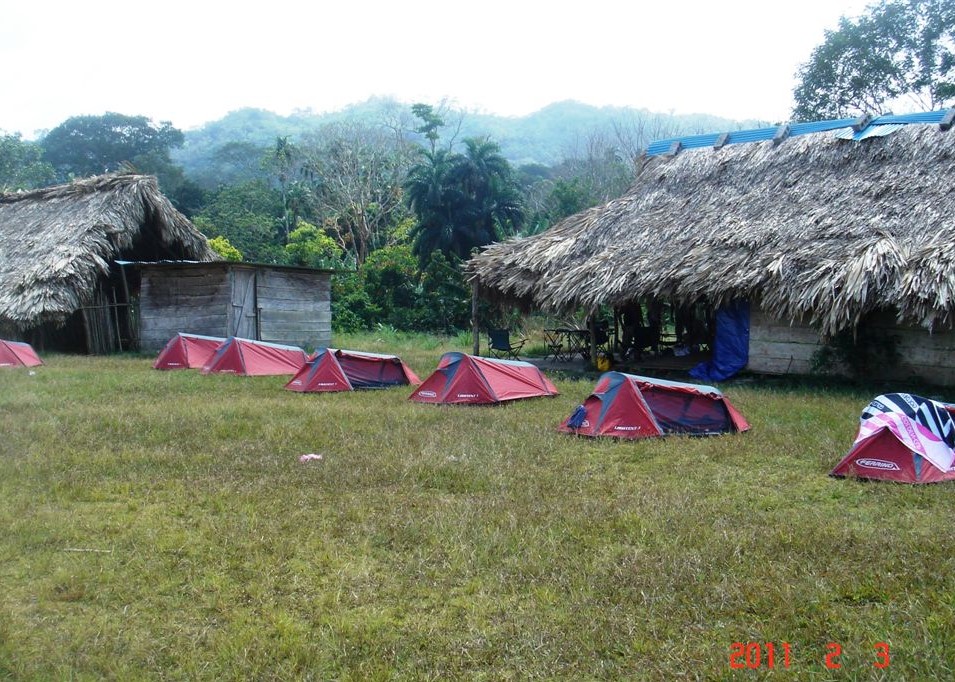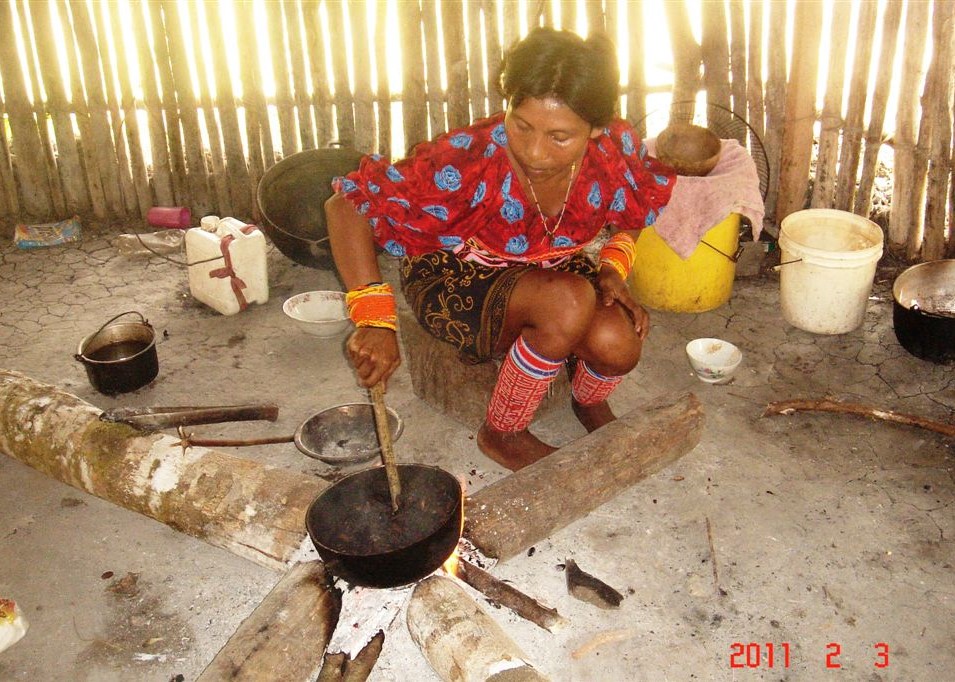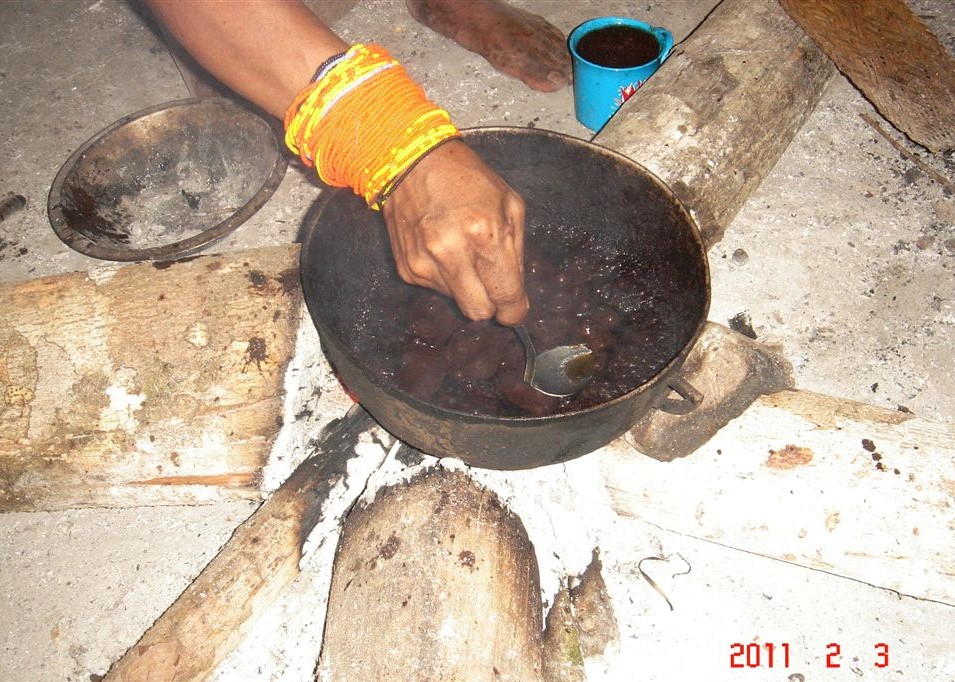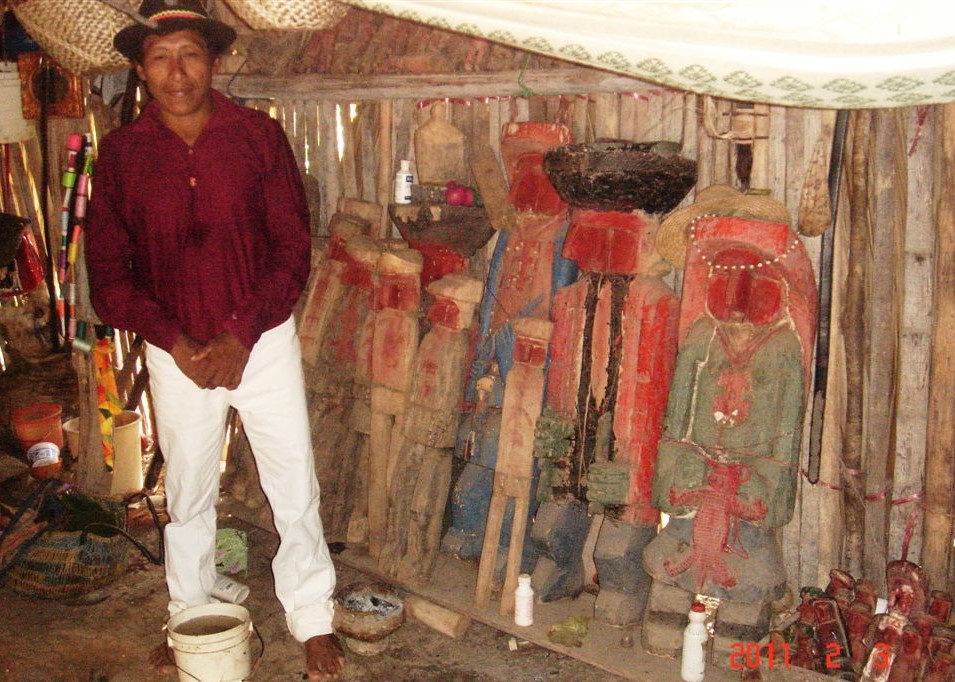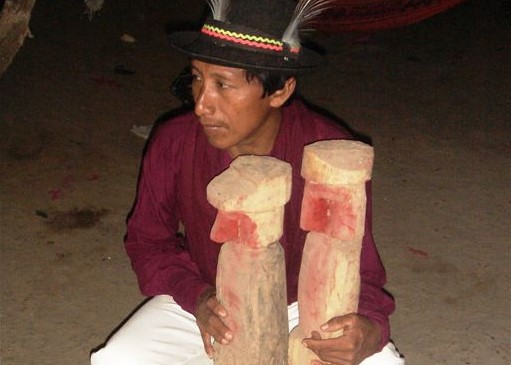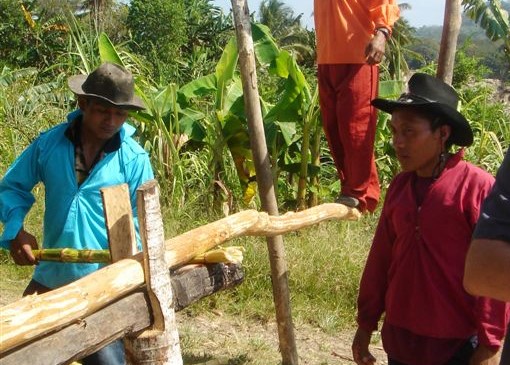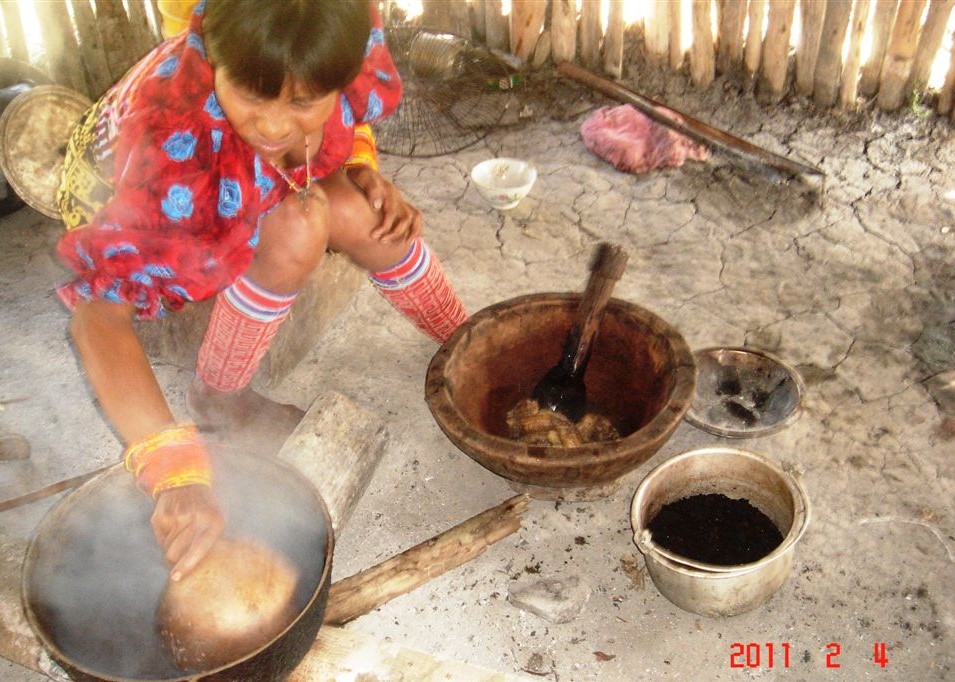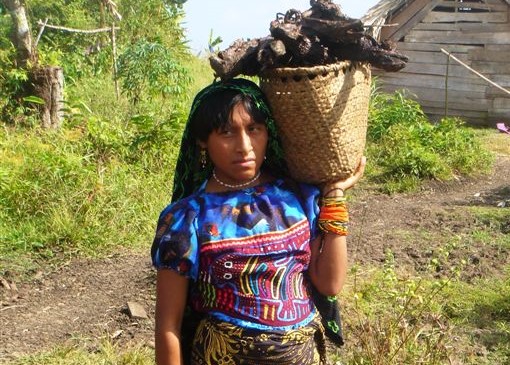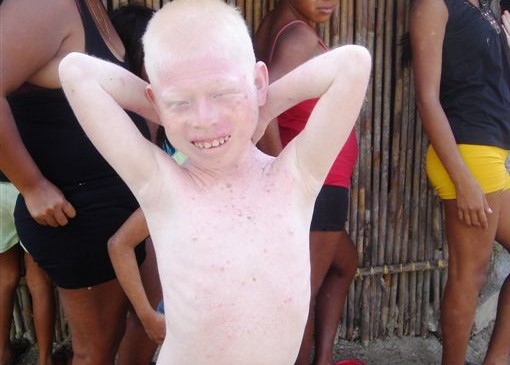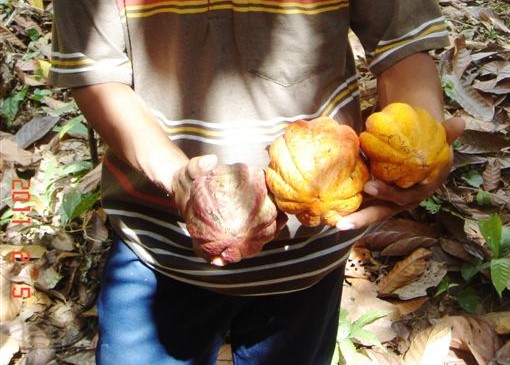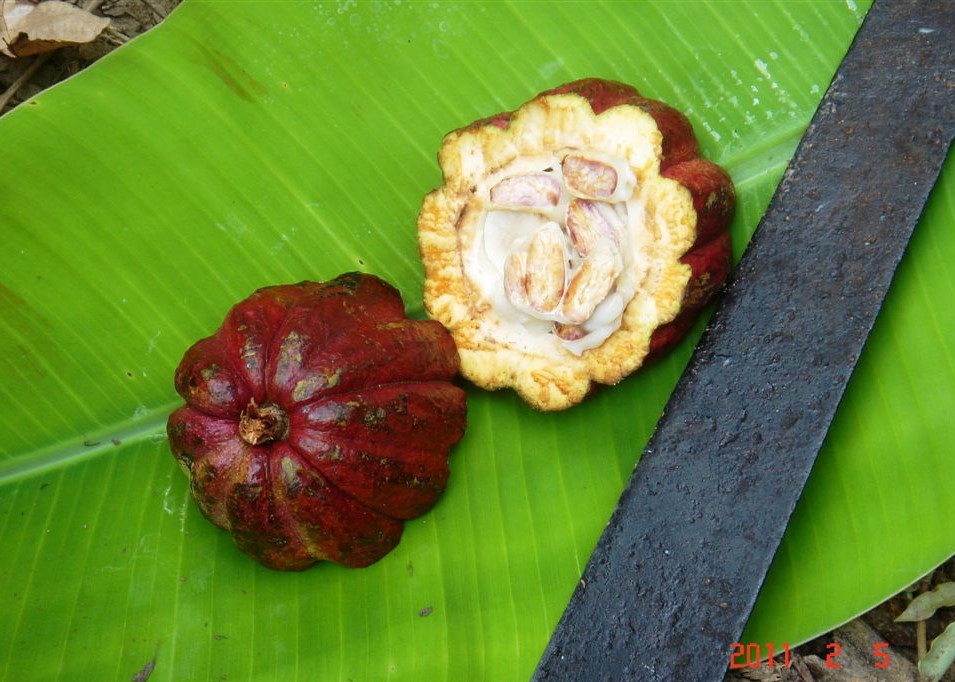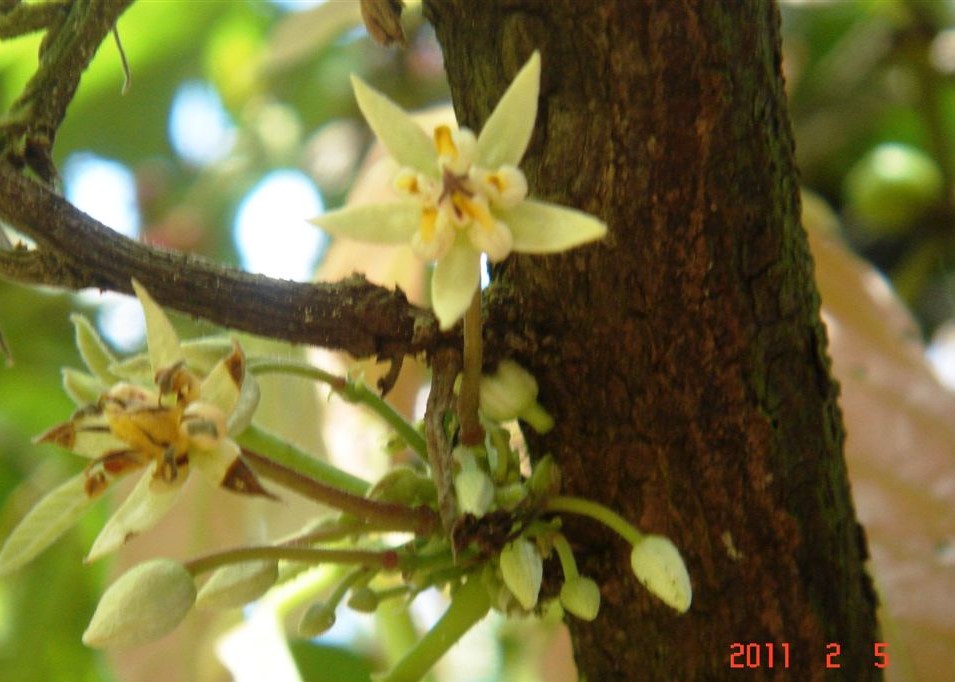The Kunas: a disappearing civilization
The Choco-Story chocolate museum was very interested by research work published on the Kunas claiming that their low blood pressure was due to a high consumption of cocoa and as a result decided to organize an expedition to Panama.
It is thought that the Kunas fled to Panama when they were driven out by the Spanish from their native region in Colombia.
Other Indian tribes, including the Emberas, in turn chased them away towards the coast and the mountains.
This is why the Kunas came to live in such inhospitable areas which are often difficult to reach.
However, the distant origins of the Kunas remain a mystery. Some researchers believe that they are the descendants of the Mayas from Central America.
What is certain is that they share the same customs and traditions as the Mayas where cocoa is concerned.
The Kunas consume cocoa every day and they also use it in their birth, puberty and death ceremonies.
When cocoa is used for curing the sick, its action is strengthened during a ceremony in which the “nele”, or local witch doctor, sings. The songs are different according to whether the sick person is a boy, a girl or an adult and so on.
Following this, the “reinforced” cocoa is used during a ceremony accompanied by other songs in which the smoke of the cocoa beans, burned in a censer, envelopes the sick person lying in a hammock.
During our first exploratory visit, we learnt that the Kunas are able to extract cocoa butter which they mix with achiote to use as make-up and which they mix with a plant called “mageb” to make an ointment for treating stings.
At Choco-Story in Bruges, we tried to extract the cocoa butter from cocoa beans, but without success.
It was quite a revelation to see a Kuna lady in a very simple hut, furnished with a few rudimentary utensils, fill a whole cup with cocoa butter.
The process is simple, but you have to know how to do it.
First the beans are roasted, peeled and then ground.
The mass thus obtained is mixed with water and brought to the boil.
After a few hours, the cocoa butter comes to the surface and can be skimmed off with a spoon.
Simple, but impressive and very moving to watch.
The Kunas are completely self-sufficient. They grow manioc, bananas and cocoa.
Their daily diet consists of a mixture of cocoa and banana which they call “madun”.
They fish a little and some hunt, but their diet is essentially vegetarian.
Just like them, we used to wash in the river.
However, we brought our own drinking water and food to the village on horseback as we did not want to take any health risks.
Choco-Story is going to publish a book about the Kunas and we hope to be able to go back there someday and give each of the photographed Kuna a copy.
Panama – The Kuna Indians – 2nd visit.
The interest of the Choco-Story chocolate museum in Bruges was aroused after reading scientific research about the traditional use of cocoa by the Kuna Indians of Panama.
The articles establish a link between the low blood pressure of the Kuna Indians and their regular consumption of cocoa.
This fact prompted us to go and visit the Kuna population to study their traditions.
We visited the Island of Playon Chico (1200 inhabitants) in the region of San Blas and the village of Wala (1000 inhabitants) in the region of Darien.
The tiny island is completely covered with houses (huts), conference centres schools and churches.
A pedestrian bridge links the runway on the mainland to the island. The Kunas who live in this region originally came from Colombia. It is rumoured that they were expelled by the Spanish and that once arrived in Panama, they were driven by other tribes, including the Emberas, towards the inhospitable regions of the surrounding islands and the mountains.
Fortunately we were not bitten by mosquitoes on the island of Playon Chico for the simple reason that there aren’t any. This is the reason why the Kuna say that they live here rather than on the mainland.
However they do farm on the mainland where they grow cocoa, corn and cassava.
The island of Playon Chico is surrounded by many other islands, all of which are tropical paradises.
The Kuna Indians live in a matriarchal society. This means that women do have a certain amount of power and some have jobs representing their people in the Panama government.
Each village is ruled by the sahilas or village elders.
It is they who authorized us to take photographs for which we had to take part in a ceremony steeped in tradition.
Even if we could not understand what they said, listening to the sahilas dignified and considerate welcome, we felt as if we were stepping back in history and they earned our total respect.
Once the sahilas had given us their permission we were able to start our study.
The Choco-Story chocolate museum in Bruges, Belgium has come here to study the Kuna’s traditional use of cocoa.
And we were not disappointed.
Cocoa is a part of the Kuna Indian his whole life long.
All the important events in the life of a Kuna Indian are celebrated by burning cocoa beans:
- His birth
- On reaching puberty
- When he dies
- If there is an epidemic
- When he is sick
- Before going to work in his fields
Every day the Kunas consume cocoa in the form of a drink made of cocoa mixed with banana which they call “madun”.
The fortifying cocoa beans ceremony
The “Nele” or witch doctor and singer, Luis Layans, acts out the ceremony for us where cocoa beans are fortified for greater power so that they can be burnt to cure the sick.
The cemetery ceremony
The cemetery is located on a hillside on the mainland overlooking Playon Chico. This means that the inhabitants of Playon Chico can at all times see the cemetery where their ancestors are buried.
The dead are buried under a roof of thatch (or a sheet of metal). The women come regularly to visit the dead and burn cocoa to help the deceased to travel on the river that leads them to the after-life and also to show them they are still in their thoughts.
The ceremony for improving intelligence
It goes without saying that all the members of the Choco-Story expedition were willing to take part in this ceremony!
The village doctor goes into the forest to collect the bark of 8 different species of tree that are needed for the ceremony to take place.
Note that the figure 8 has special significance for the Kuna and high symbolic value.
Death ceremony
An elderly Kuna lady is in charge of the ceremony.
She is accompanied by a singer and mourners who also take part.
Ceremony for curing a sick child
The “Nele” sings and burns the previously reinforce cocoa beans underneath the sick child’s hammock.
He uses “nuchus” or figures carved out of wood to help him in his mission.
Puberty ceremony
To celebrate this ceremony it is necessary to pick a certain number of plants and fruits, including the guava, which oxidizes very quickly and whose juice stains black everything it touches.
It took more than a week to get rid of the stains on our fingers.
The preparation of “madun”
Madun is a thick, energy-giving drink that the Kuna prepare every day.
The cocoa beans are roasted and peeled and then they are ground. Formerly they were ground on a metate, these days a metal grinder is used.
After that the cocoa paste is mixed with mashed bananas mixed with water.
Wala
There are some Kuna Indians who live in Darien, to the east of Panama, near the border with Colombia.
We went to this village taking all our provisions with us on horseback. We slept there in tents.
Preparing the cocoa butter
Choco-Story was most interested to see how the Kuna Indians prepared their cocoa butter.
We had already read that the Aztecs used cocoa butter to make ointments.
But how was it extracted from the cocoa beans?
The beans are roasted, peeled and ground.
The cocoa paste is boiled for between 1 to 2 hours and the oil comes to the surface where it is skimmed off using a spoon.
The “Nele”
The Nele sings during the ceremonies that he conducts.
He makes use of “nuchus” or statues that are carved out of wood.
Preparing “ochi”
Several different drinks are made with the juice of sugar cane.
The method used to crush sugar cane is highly original: a person jumps onto a long pole under which the sugar cane is crushed.
The juice is filtered and then mixed with cocoa and corn or rice.
OCHI or OL-LIKUA = sugar cane juice + cocoa + corn
OROS – LIKUA = sugar cane juice + cocoa + rice
Iguana
The Kuna Indians are very fond of the eggs and meat of the iguana.
The iguana is boiled up and made into soup or smoked above a fire.
The albinos
We saw a fair number of albinos in the Kuna villages.
This is probably the result of intermarrying.
Whilst due to the legend albinos were worshipped in the past, this is not really the case these days.
Legend has it that only albinos could venture outside during an eclipse of the sun in order to kill the dragon who was hiding it.
Children painted black
In contrast with the albinos, we saw some children who were painted black from neck to foot.
This is supposed to protect them from insect bites, but also more importantly from earthly evils.
Obviously they use the juice of the guava as a colouring agent.
The cultivation of cocoa
The Kuna Indians grow several different crops. Coffee trees, banana trees and cacao trees grow side by side. Unfortunately many of the cocoa trees are diseased and the young Kuna Indians are no longer interested in farming.
